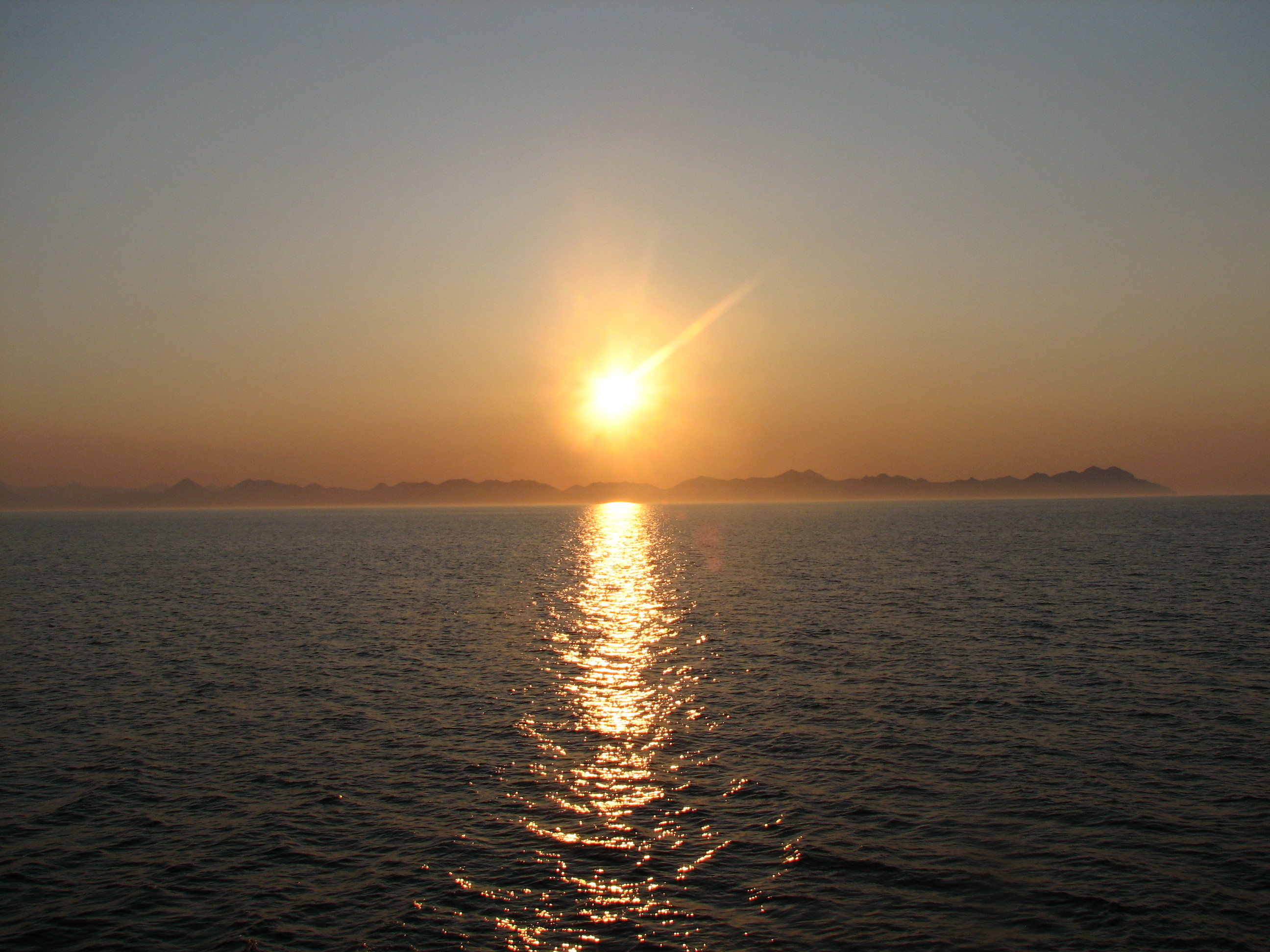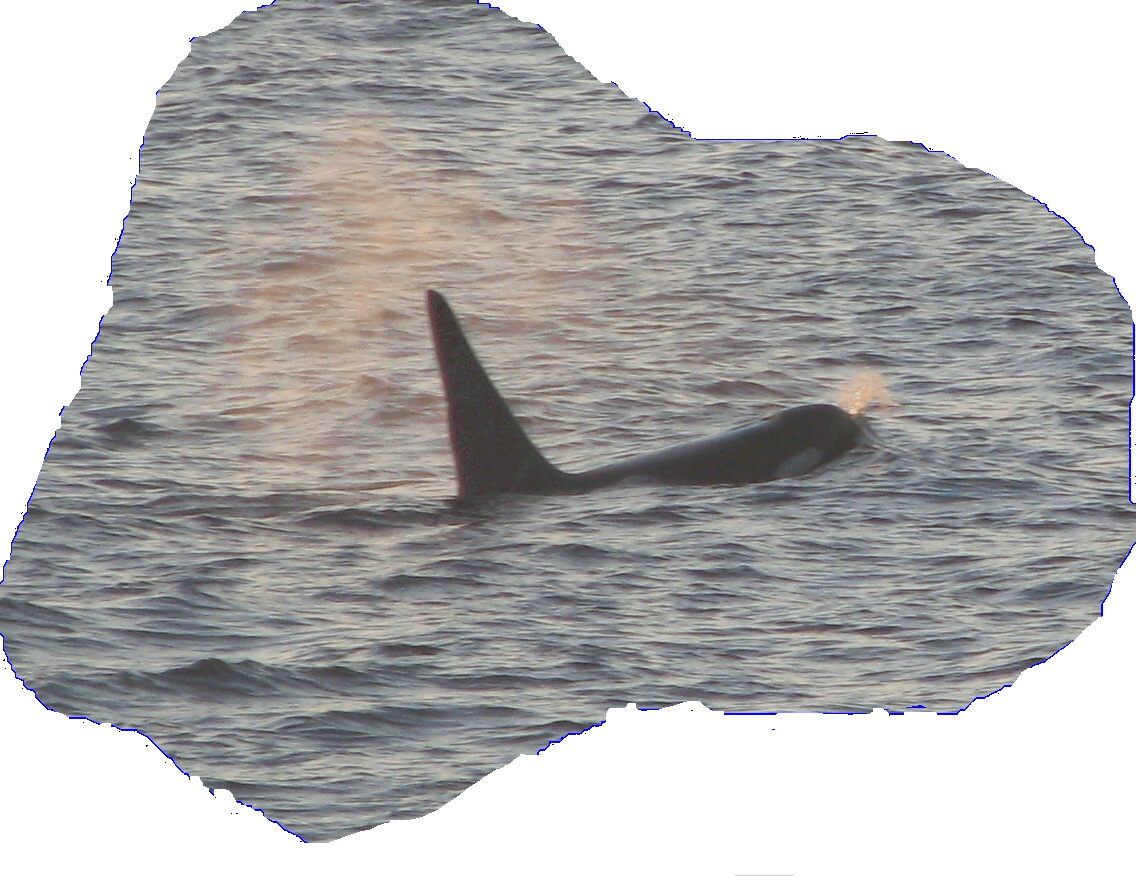

“The Bering Sea is remarkably in tact and remarkably threatened.” -- Carter Roberts, President and CEO of the World Wildlife Federation
The Bering Sea is located between Alaska
and the Asia n section of Russia. Alaska is to its east and Russia is to its
west. To the south is a chain of islands called the Aleutian Islands. South of
the Aleutians, lies the Pacific Ocean. The Bering Sea’s northern boundary is a
tiny section of water between the United States and Russia called the Bering
Strait. North of that, the Artic Ocean begins. What an amazing place. 450
types of fish live in its waters. 200 kinds of birds depend on it. 25 species
of marine mammals, such as whales, sea-lions and seals can be found there. On
its shores there are polar bear, reindeer, muskoxen, and other animals of the
artic. Some animals that live there are endangered, including some types of
whales, sea lions, seals and the polar bear. Half the seafood caught in the US
comes from the Bering Sea.
n section of Russia. Alaska is to its east and Russia is to its
west. To the south is a chain of islands called the Aleutian Islands. South of
the Aleutians, lies the Pacific Ocean. The Bering Sea’s northern boundary is a
tiny section of water between the United States and Russia called the Bering
Strait. North of that, the Artic Ocean begins. What an amazing place. 450
types of fish live in its waters. 200 kinds of birds depend on it. 25 species
of marine mammals, such as whales, sea-lions and seals can be found there. On
its shores there are polar bear, reindeer, muskoxen, and other animals of the
artic. Some animals that live there are endangered, including some types of
whales, sea lions, seals and the polar bear. Half the seafood caught in the US
comes from the Bering Sea.
 The area is famous for another
reason as well. During the last ice age, New York was frozen under a huge ice
sheet, but the Bering Sea was not! At that time, the winds blew warmer, dryer
air into the Bering Sea area than they did into most of the rest of North
America. In fact, sea levels were lower in those days because so much water was
trapped in ice and most of the Bering Sea area was dry land. People from Asia
used this land bridge to cross into North America on foot. Those people spread
out across North and South America and became the Native Americans we know
today.
The area is famous for another
reason as well. During the last ice age, New York was frozen under a huge ice
sheet, but the Bering Sea was not! At that time, the winds blew warmer, dryer
air into the Bering Sea area than they did into most of the rest of North
America. In fact, sea levels were lower in those days because so much water was
trapped in ice and most of the Bering Sea area was dry land. People from Asia
used this land bridge to cross into North America on foot. Those people spread
out across North and South America and became the Native Americans we know
today.
Today this area is known for
its natural beauty, for little, if any darkness in the summer and little
sunlight light in winter. It is known for incredible wildlife and a clean
environment. However , the environment there has been effected by our changing
world. Pollution has made its mark, even this far north. Our warming climate
has already changed the area a lot and many species of fish are effected by
something called overfishing. This happens when humans take too many fish out
of an area and the entire ecosystem can begin to suffer. Do you want to explore
more? Take a look at the links below.
, the environment there has been effected by our changing
world. Pollution has made its mark, even this far north. Our warming climate
has already changed the area a lot and many species of fish are effected by
something called overfishing. This happens when humans take too many fish out
of an area and the entire ecosystem can begin to suffer. Do you want to explore
more? Take a look at the links below.
|
Go there on Google Earth (You must have the Google Earth Program on your computer) | |
| Go there using Google Maps | |
| Download a nautical Chart of the Bering Sea |
Sources: